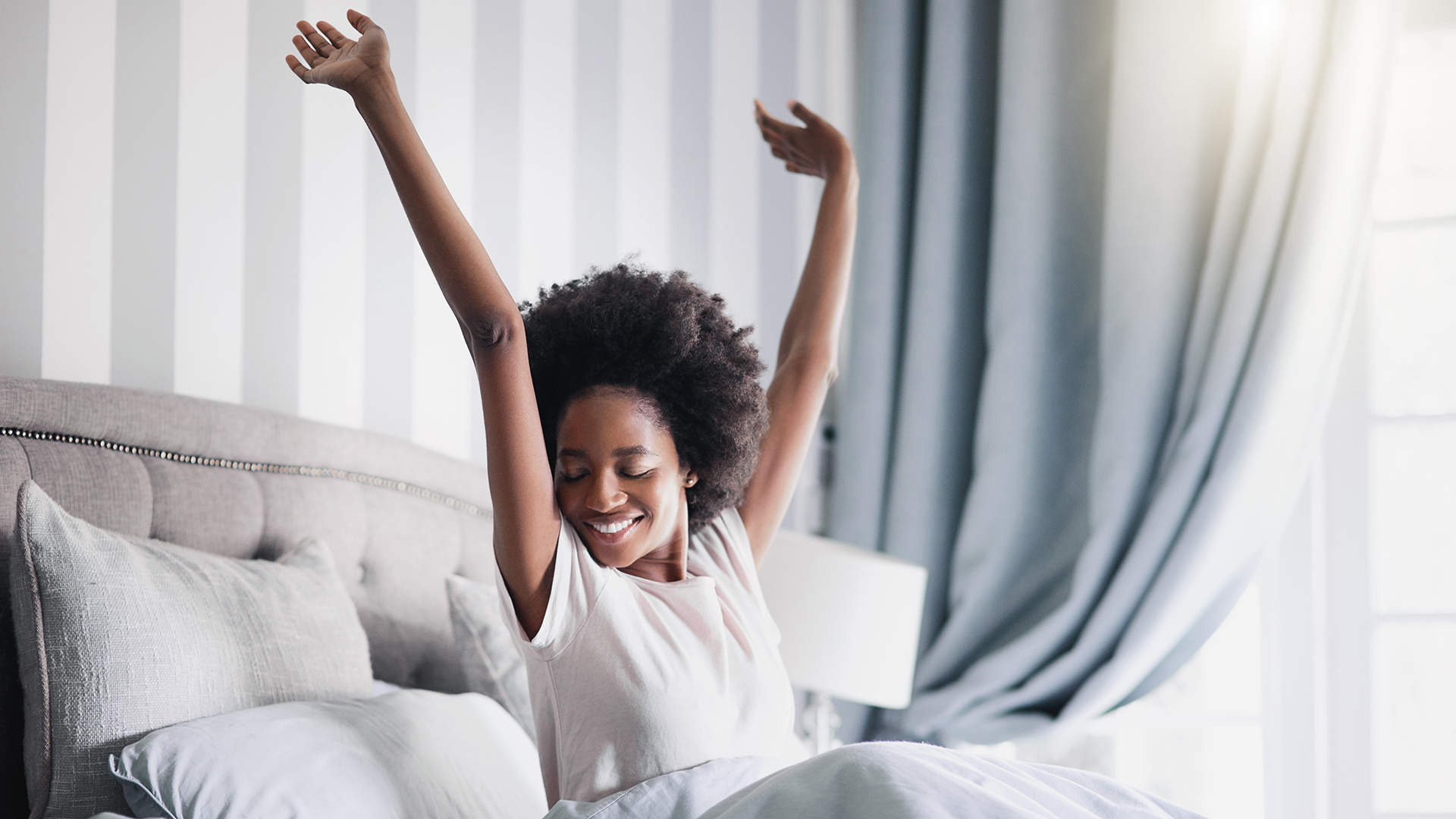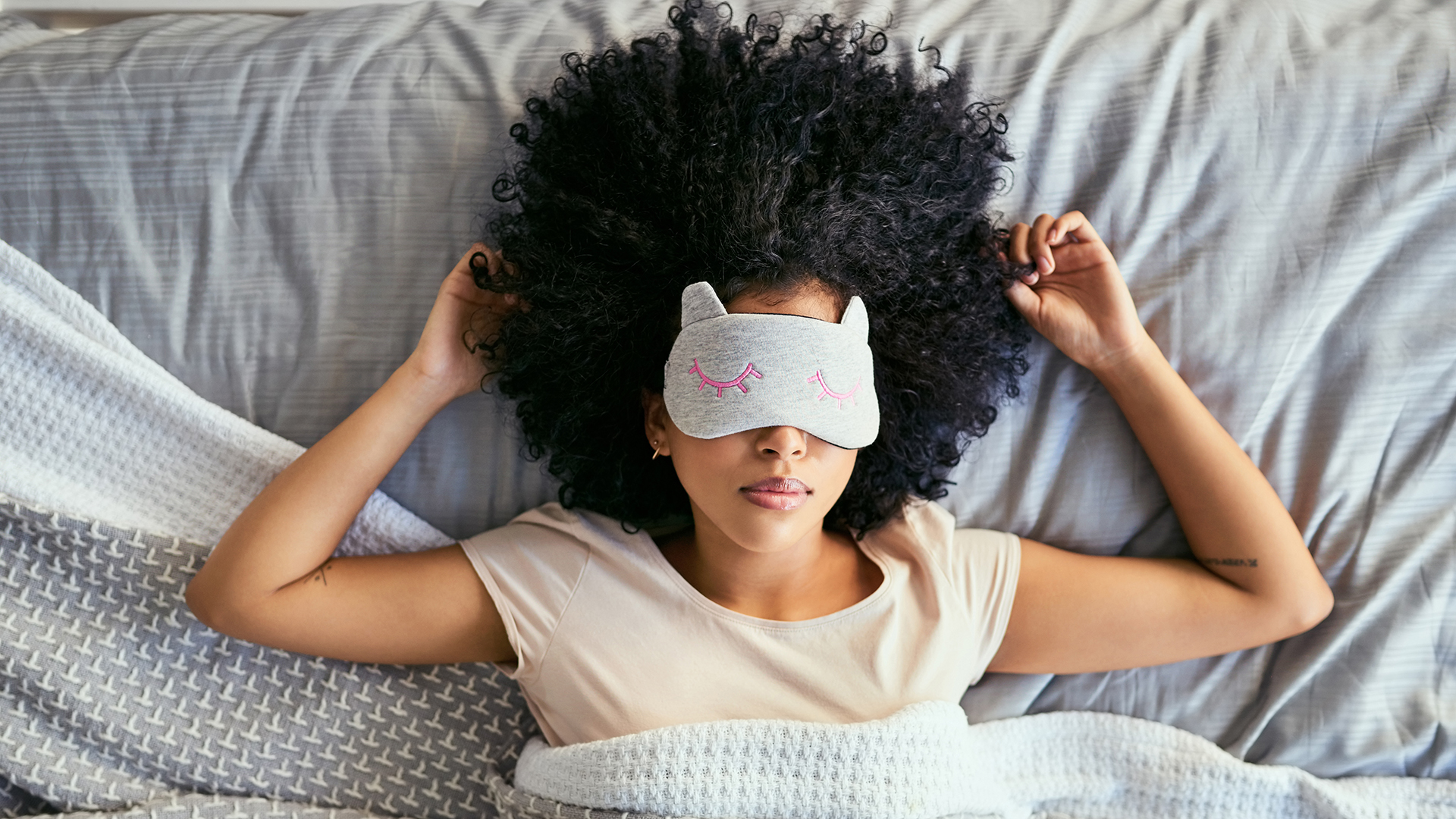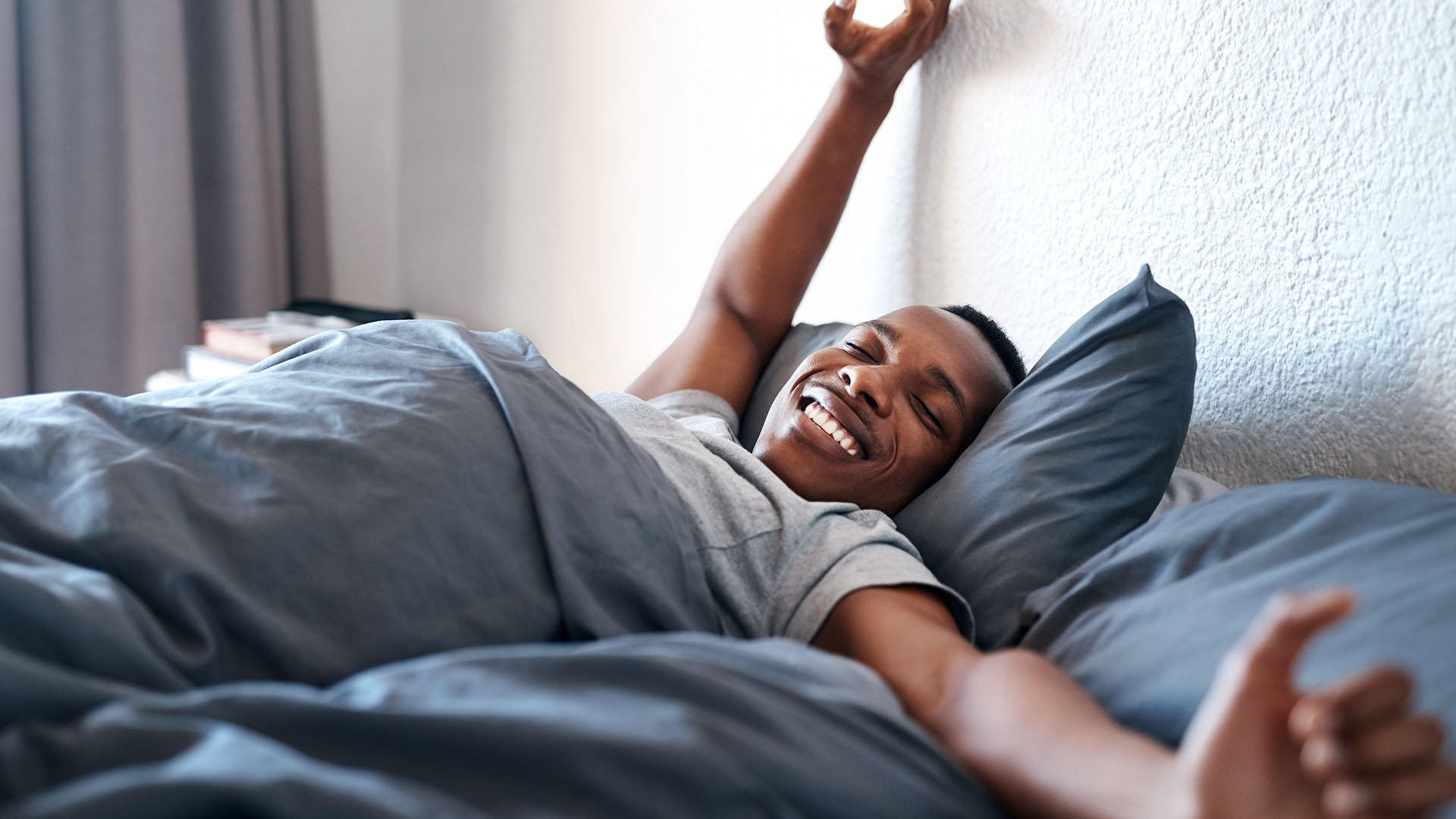Give your bedroom some TLC: how to use temperature, light and comfort to create the perfect sleep setup
A touch of TLC for a soothing sleep environment

You need to show your bedtime a little bit of TLC – but not in the way you might expect. The best kind of tender loving care you can give your bedroom is this: temperature, light, and comfort. From taking care of your best mattress to adjusting the thermostat just that little bit, TLC can have a big impact on how well you sleep.
This is an idea I learned from Silentnight's sleep expert Hannah Shore, courtesy of the Sleep Charity’s Sleep Conference, and decided to explore further. Let's break down how temperature, light, and comfort can affect your bedtime, and what you can do about it.
What is TLC for your bedroom?
Want to give your bedroom a little TLC? Here's how to tackle temperature, light and comfort in your room to create an environment that's just right for sleep.
1. Temperature
A natural lowering of your core temperature in the evening is one of the ways your body knows it's time to sleep. Which is why keeping the bedroom just that bit cooler – between 16 to 19 degrees Celsius or 60 to 66 degrees Fahrenheit – can help you drift off. When you open up the bedroom window you're not just letting in a breeze – good sleep is blowing in with it.
If you regularly wake up sweaty, you might want to reconsider the mattress you’re using. Memory foam mattresses can sleep warm, while the best hybrid mattresses allow air to circulate to keep you comfortable overnight. And if night sweats are really impacting your sleep, check out our guide to the best cooling mattresses.
2. Light
Light has a huge impact on how well we sleep. Bright light tells our body clock that it’s time to be awake, while dim lights and darkness indicate it’s nearly bedtime. Even small amounts of light can make a difference – it’s theorized that might be the reason why the full moon appears to cause bad sleep.

For the optimum sleep environment, you want your bedroom to be nice and dark. Invest in a pair of blackout curtains to prevent outside light from getting in, or for a budget-friendly solution, get yourself an eye mask.
Get daily insight, inspiration and deals in your inbox
Sign up for breaking news, reviews, opinion, top tech deals, and more.
Don’t forget about the other side of sleep – waking up. While darkness is preferable in the evening, you should aim to introduce light as early as possible in the morning. The best wake-up lights slowly flood the room with mock-sunshine to naturally rouse you, and once you're out of bed, open the curtains to keep the light flowing.
And – sorry – I can’t not mention blue light. Blue light is that disruptive brightness we get from devices such as smartphones. Removing these screens from the bedroom eliminates the temptation for a late night scroll and a sudden exposure to unwelcome light.
3. Comfort
While it might sound like stating the obvious – of course you need to be comfortable to fall asleep – it’s an aspect of the bedroom you might not have thought about for a while. Is your mattress still supporting you? Or has it started to sag without you noticing? Next time you clean your mattress, give it a thorough and objective once-over. If you can't afford a new bed, the best mattress toppers make a short-term, budget-friendly solution to an uncomfortable sleep environment.

But comfort isn’t just about the bed. It also relates to how you feel in the room. Remove anything that might cause stress or anxiety, such as items related to work. Decluttering can help you sleep because our brains read mess as an incomplete task. A quick clean up can remove the source of pre-sleep anxiety.
And this piece of advice was aimed at children, but I think it’s relevant for all ages – remove anything that might be a potential ‘scary’, such as that dressing gown that looks just like a person in the middle of the night. It will save you from an unnecessary fright when you wake up at 3am.

Ruth is TechRadar’s Sleep Writer. She’s here to help you find the perfect sleep setup for your budget and personal preferences. As well as keeping a keen eye on everything that’s going on in the world of mattresses, she regularly speaks to experts to help you learn how to improve your sleep habits, whether that’s by debunking sleep myths or explaining the science behind it all. Prior to joining the TechRadar team, she wrote features and product guides for new parents hoping to get a decent night's sleep, as well as writing for a variety of online spaces.